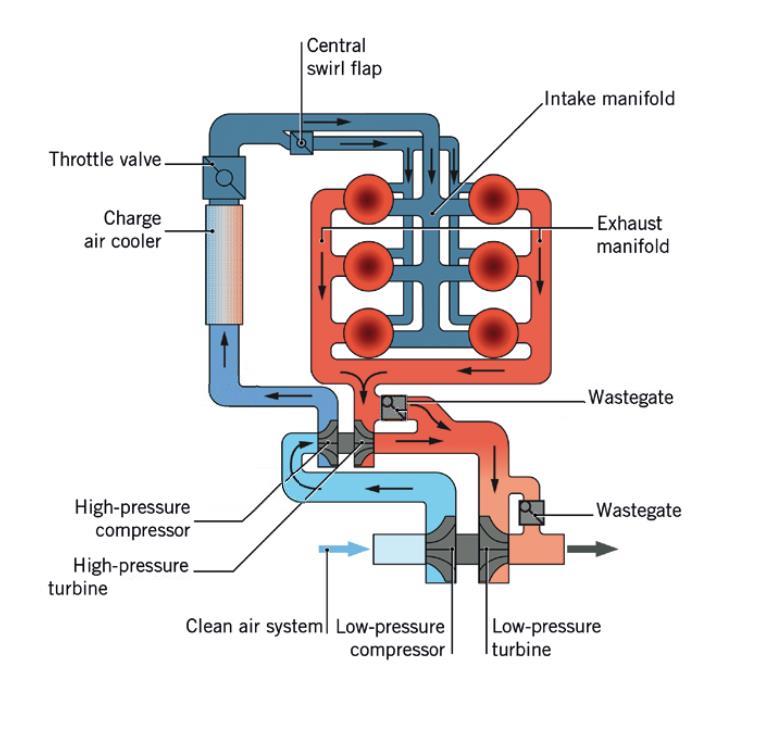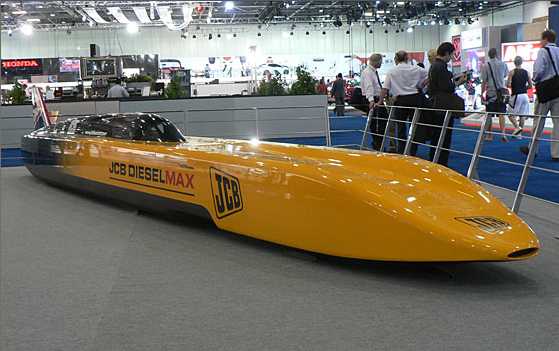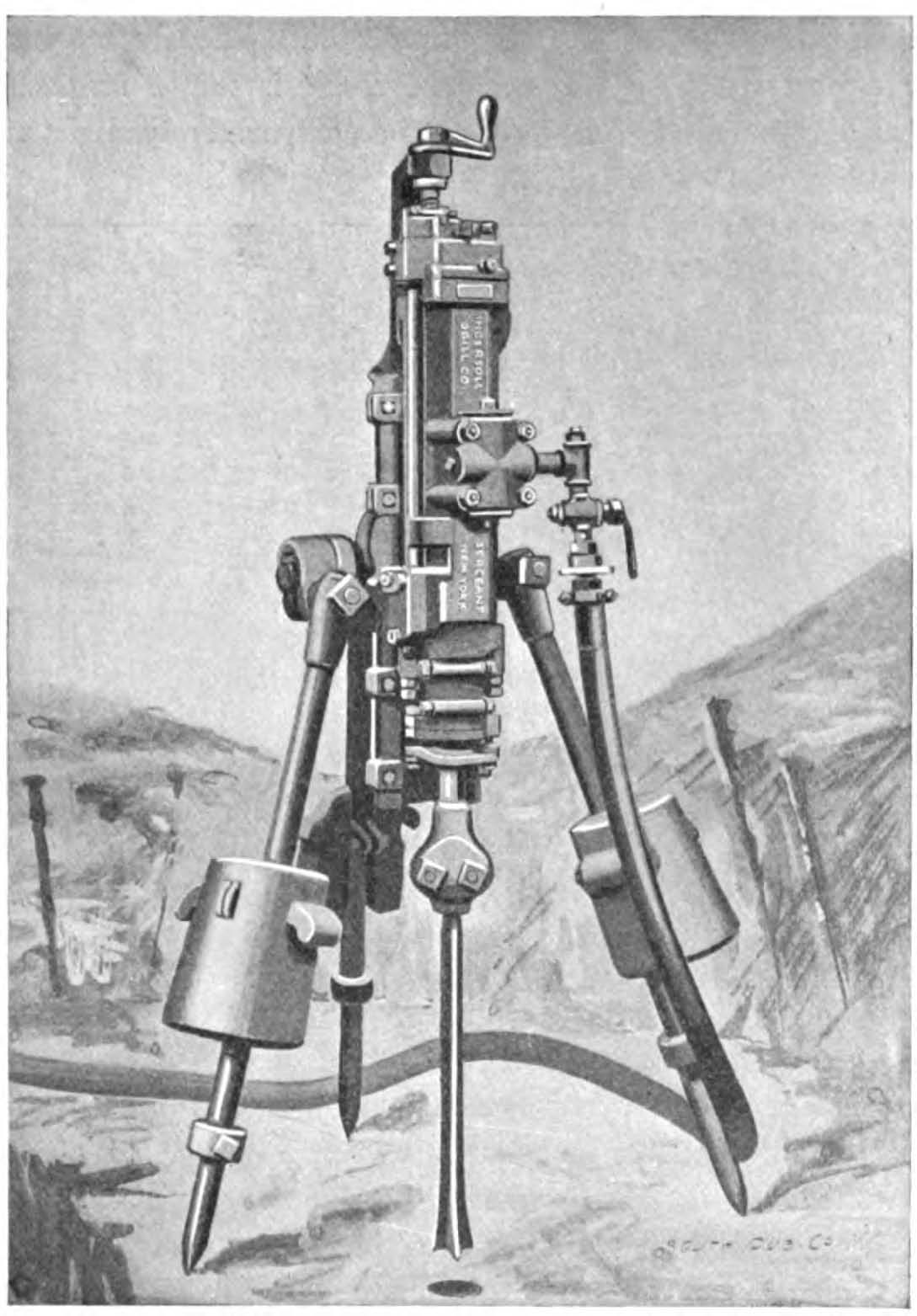|
Intercooler
An intercooler is a heat exchanger used to cool a gas after compression. Often found in turbocharged engines, intercoolers are also used in air compressors, air conditioners, refrigeration and gas turbines. Internal combustion engines Most commonly used with turbocharged engines, an intercooler is used to counteract the heat of compression and heat soak in the pressurised intake air. By reducing the temperature of the intake air, the air becomes denser (allowing more fuel to be injected, resulting in increased power) and less likely to suffer from pre-ignition or knocking. Additional cooling can be provided by externally spraying a fine mist onto the intercooler surface, or even into the intake air itself, to further reduce intake charge temperature through evaporative cooling. Intercoolers can vary dramatically in size, shape and design, depending on the performance and space requirements of the system. Many passenger cars use either ''front-mounted intercoolers'' ... [...More Info...] [...Related Items...] OR: [Wikipedia] [Google] [Baidu] |
Turbocharger
In an internal combustion engine, a turbocharger (often called a turbo) is a forced induction device that is powered by the flow of exhaust gases. It uses this energy to compress the intake gas, forcing more air into the engine in order to produce more power for a given displacement. The current categorisation is that a turbocharger is powered by the kinetic energy of the exhaust gasses, whereas a is mechanically powered (usually by a belt from the engine's crankshaft). However, up until the mid-20th century, a turbocharger was called a "turbosupercharger" and was considered a type of supercharger. History Prior to the invention of the turbocharger,[...More Info...] [...Related Items...] OR: [Wikipedia] [Google] [Baidu] |
Twin-turbo
Twin-turbo (not to be confused with a twincharger setup, which is a combination of a supercharger and a turbocharger) refers to an engine in which two turbochargers work in tandem to compress the intake fuel/air mixture (or intake air, in the case of a direct-injection engine). The most common layout features two identical or mirrored turbochargers in parallel, each processing half of a V engine's produced exhaust through independent piping. The two turbochargers can either be matching or different sizes. Types and combinations There are three types of turbine setups used for twin-turbo setups: * Parallel * Sequential * Series These can be applied to any of the five types of compressor setups (which theoretically could have 15 different setups): * Compound Compressors * Staged Compound Compressors * Staged Sequential Compressors * Parallel Sequential Compressors * Parallel Compressors Parallel A parallel configuration refers to using two equally-sized turbochargers whi ... [...More Info...] [...Related Items...] OR: [Wikipedia] [Google] [Baidu] |
JCB Dieselmax
The JCB Dieselmax is a diesel-engined 'streamliner' car designed for the purpose of breaking the land speed record for a diesel-engined vehicle. The car was built for JCB, a British multinational equipment company. As of 2018, the car holds the world diesel-powered land speed record, having been driven to over by Wing Commander Andy Green in 2006. Design The car is powered by two specially-tuned versions of the production JCB444 powerplant, developing up to each (over five times the power output of the production version with 90 psi (6 bar) of boost) and featuring four cylinders and 5 litres of displacement, accompanied by two stage turbochargers, intercooler and aftercooler. One of the dual engines drives the front wheels while the other drives the rear. Each engine is rev-limited to 3800 rpm. As the size of the car prohibited meaningful wind tunnel testing, the streamlined shape of the car was refined entirely through the use of computational fluid dy ... [...More Info...] [...Related Items...] OR: [Wikipedia] [Google] [Baidu] |
Vaporization
Vaporization (or vaporisation) of an element or compound is a phase transition from the liquid phase to vapor. There are two types of vaporization: evaporation and boiling. Evaporation is a surface phenomenon, whereas boiling is a bulk phenomenon. Evaporation is a phase transition from the liquid phase to vapor (a state of substance below critical temperature) that occurs at temperatures below the Boiling point, boiling temperature at a given pressure. Evaporation occurs ''on the surface''. Evaporation only occurs when the partial pressure of vapor of a substance is less than the Equilibrium Vapor Pressure, equilibrium vapor pressure. For example, due to constantly decreasing pressures, vapor pumped out of a solution will eventually leave behind a cryogenic liquid. Boiling is also a phase transition from the liquid phase to gas phase, but boiling is the formation of vapor as bubbles of vapor ''below the surface'' of the liquid. Boiling occurs when the equilibrium vapor pressure o ... [...More Info...] [...Related Items...] OR: [Wikipedia] [Google] [Baidu] |
Exhaust Gas
Exhaust gas or flue gas is emitted as a result of the combustion of fuels such as natural gas, gasoline (petrol), diesel fuel, fuel oil, biodiesel blends, or coal. According to the type of engine, it is discharged into the atmosphere through an exhaust pipe, flue gas stack, or propelling nozzle. It often disperses downwind in a pattern called an ''exhaust plume''. It is a major component of motor vehicle emissions (and from stationary internal combustion engines), which can also include crankcase blow-by and evaporation of unused gasoline. Motor vehicle emissions contribute to air pollution and are a major ingredient in the creation of smog in some large cities. A 2013 study by the Massachusetts Institute of Technology (MIT) indicates that 53,000 early deaths occur per year in the United States alone because of vehicle emissions. According to another study from the same university, traffic fumes alone cause the death of 5,000 people every year just in the United Kingdom. ... [...More Info...] [...Related Items...] OR: [Wikipedia] [Google] [Baidu] |
Ingersoll-Rand Class AA-2 Air Compressor Cross Section 1910
Ingersoll Rand is an American multinational company that provides flow creation and industrial products. The company was formed in February 2020 through the spinoff of the industrial segment of Ingersoll-Randplc (now known as Trane Technologies) and its merger with Gardner Denver. Its products are sold under more than 40 brands across all major global markets. Based in Davidson, North Carolina, Ingersoll Rand operates in two segments: Industrial Technologies and Services and Precision and Science Technologies. History History of Ingersoll Rand Simon Ingersoll founded Ingersoll Rock Drill Company in 1871 in New York, and in 1888, it combined with Sergeant Drill to form Ingersoll Sergeant Drill Company. The Ingersoll Sergeant Drill Company introduced the world's first direct-connected, electronic motor-driven compressor. Also in 1871, brothers Addison Rand and Jasper Rand, Jr. established Rand Drill Company with its main manufacturing plant in Tarrytown, New York. Rand dril ... [...More Info...] [...Related Items...] OR: [Wikipedia] [Google] [Baidu] |
Inter Cooler
Inter may refer to: Association football clubs * Inter Milan, an Italian club * SC Internacional, a Brazilian club * Inter Miami CF, an American club * FC Inter Sibiu, a Romanian club * FC Inter Turku, a Finnish club * FK Inter Bratislava, a former Slovak club * NK Inter Zaprešić, a Croatian club * FC Internaţional Curtea de Argeş, a Romanian club * Esporte Clube Internacional, a Brazilian club from Santa Maria * Esporte Clube Internacional (SC), a Brazilian club from Lages * Associação Atlética Internacional, a Brazilian club from Limeira * Inter Luanda, an Angolan club * Inter Baku FK, an Azerbaijani club * Inter Club d'Escaldes, an Andorran club * Inter Leipzig, a German club * Inter de Grand-Goâve, a Haitian club * Internacional de Madrid, a Spanish club * Inter Moengotapoe, a Surinamese club * Inter Cardiff FC, a Welsh club Other * To put into a grave; bury * An intersex Intersex people are individuals born with any of several sex characterist ... [...More Info...] [...Related Items...] OR: [Wikipedia] [Google] [Baidu] |
Reference
Reference is a relationship between objects in which one object designates, or acts as a means by which to connect to or link to, another object. The first object in this relation is said to ''refer to'' the second object. It is called a '' name'' for the second object. The second object, the one to which the first object refers, is called the '' referent'' of the first object. A name is usually a phrase or expression, or some other symbolic representation. Its referent may be anything – a material object, a person, an event, an activity, or an abstract concept. References can take on many forms, including: a thought, a sensory perception that is audible ( onomatopoeia), visual (text), olfactory, or tactile, emotional state, relationship with other, spacetime coordinate, symbolic or alpha-numeric, a physical object or an energy projection. In some cases, methods are used that intentionally hide the reference from some observers, as in cryptography. References feature in many ... [...More Info...] [...Related Items...] OR: [Wikipedia] [Google] [Baidu] |
Oxford English Dictionary
The ''Oxford English Dictionary'' (''OED'') is the first and foundational historical dictionary of the English language, published by Oxford University Press (OUP). It traces the historical development of the English language, providing a comprehensive resource to scholars and academic researchers, as well as describing usage in its many variations throughout the world. Work began on the dictionary in 1857, but it was only in 1884 that it began to be published in unbound Serial (literature), fascicles as work continued on the project, under the name of ''A New English Dictionary on Historical Principles; Founded Mainly on the Materials Collected by The Philological Society''. In 1895, the title ''The Oxford English Dictionary'' was first used unofficially on the covers of the series, and in 1928 the full dictionary was republished in 10 bound volumes. In 1933, the title ''The Oxford English Dictionary'' fully replaced the former name in all occurrences in its reprinting as 12 ... [...More Info...] [...Related Items...] OR: [Wikipedia] [Google] [Baidu] |







